Don't miss our Steel Supply Chain Services & Solutions!
Naming rules for seven commonly used types of steel
Steel is a general term for iron carbon alloys with carbon content ranging from 0.02% to 2.11% by mass. In actual production, steel often contains different alloying elements depending on its use, such as manganese, nickel, vanadium, etc. Nowadays, steel has become one of the most widely used materials in the world due to its low price and reliable performance.
Do you know the naming convention for steel? Today, we will introduce that China uses the classification of steel usage as the basis for classification
1、 Carbon structural steel
Representation method: Q+number+(quality grade symbol)+(deoxygenation method symbol)+(specialized symbol)
① The steel grade is prefixed with “Q”, representing the yield point of the steel;
② The number after “Q” represents the yield point value, measured in MPa. For example, Q235 represents carbon structural steel with a yield point (σ s) of 235 MPa;
③ If necessary, symbols indicating quality grade and deoxidation method can be marked after the steel grade. The quality level symbols are A B、C、D。
Deoxygenation method symbol: F represents boiling steel; B represents semi killed steel: Z represents killed steel; TZ represents special killed steel, which can be unmarked, meaning both Z and TZ can be unmarked. For example, Q235-AF represents A-grade boiling steel.
Carbon steel for specialized purposes, such as bridge steel, marine steel, etc., basically uses the notation method of carbon structural steel, but with a letter indicating the purpose added at the end of the steel grade.
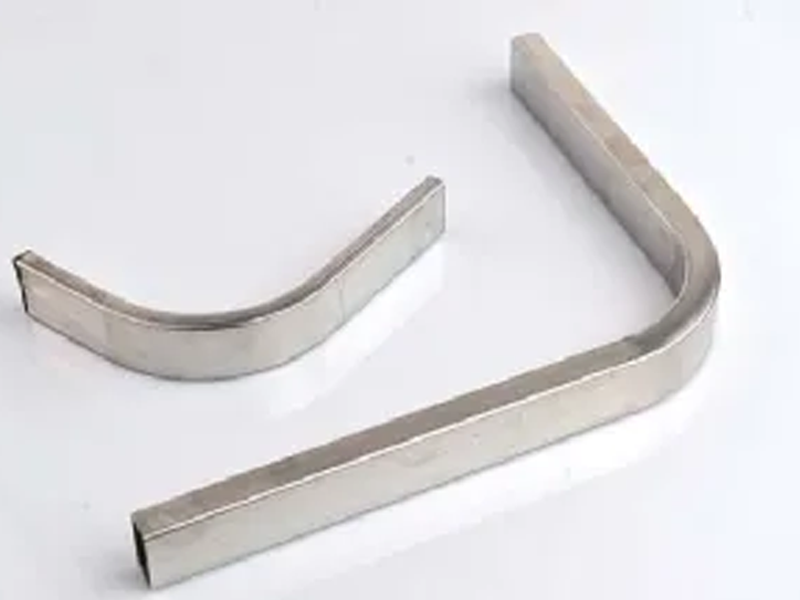
2、 High quality carbon structural steel
Representation method: Number+(element symbol)+(deoxygenation method symbol)+(specialized symbol)
① The two digits at the beginning of the steel grade indicate the carbon content of the steel, expressed as a fraction of the average carbon content. For example, for steel with an average carbon content of 0.45%, the steel grade is “45”, which is not a sequential number and cannot be read as 45 steel.
② High quality carbon structural steel with high manganese content should indicate the manganese element, such as 50Mn.
③ Boiling steel, semi killed steel, and high-quality carbon structural steel for specialized purposes should be specially marked at the end of the steel grade, such as semi killed steel with an average carbon content of 0.1%, which has a steel grade of 10b.
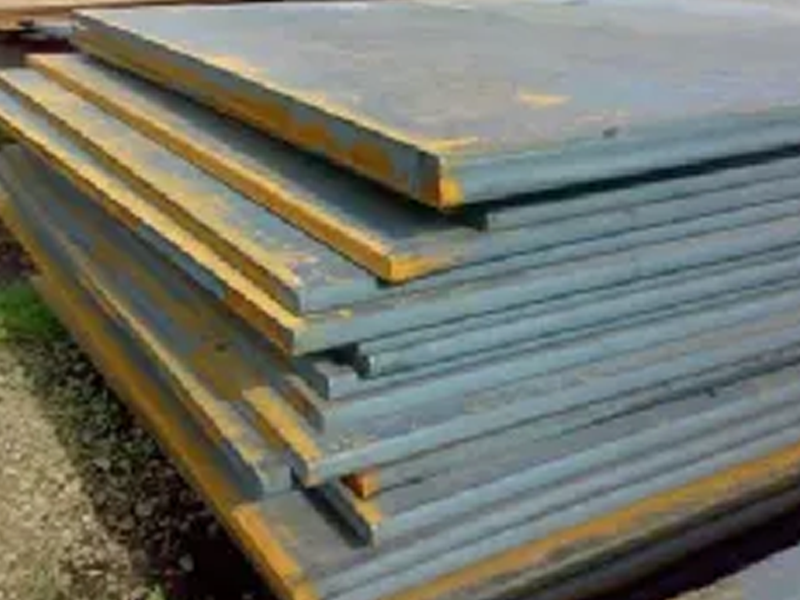
3、 Carbon tool steel
Representation method: letter T+number+(element symbol)+(quality level symbol)
① Steel grades are prefixed with “T” to avoid confusion with other types of steel.
② The number in the steel grade represents the carbon content, expressed in thousandths of the average carbon content. For example, “T8” represents an average carbon content of 0.8%.
③ For those with higher manganese content, mark “Mn” at the end of the steel grade, such as “T8Mn”.
④ The phosphorus and sulfur content of high-quality carbon tool steel is lower than that of ordinary high-quality carbon tool steel. The letter “A” is added at the end of the steel grade to indicate the difference, such as “T8MnA”.
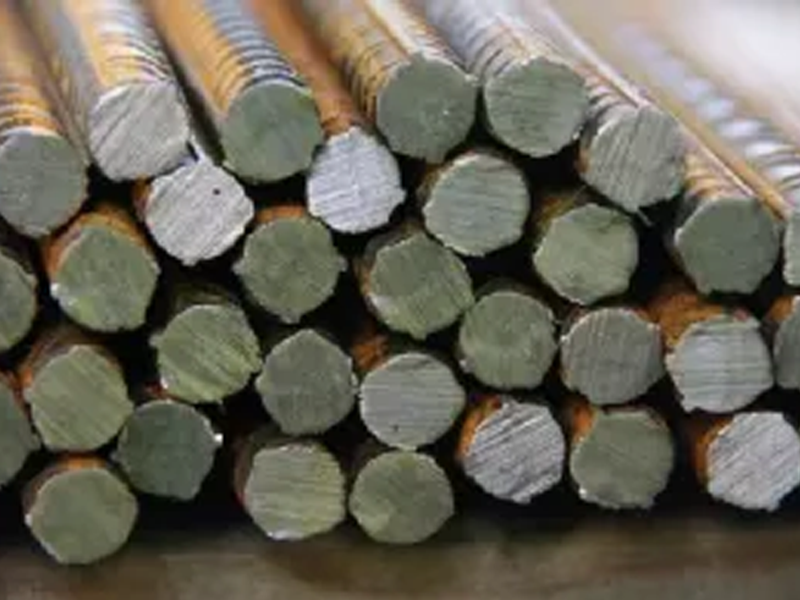
4) Free cutting steel
Representation method: letter Y+number+(element symbol)
① The steel grade is prefixed with “Y” to distinguish it from high-quality carbon structural steel.
② The number after the letter “Y” represents the carbon content, expressed as a fraction of ten thousandths of the average carbon content. For example, a free cutting steel with an average carbon content of 0.3% has a steel grade of “Y30”.
③ For those with higher manganese content, “Mn” is also marked after the steel grade, such as “Y40Mn”.
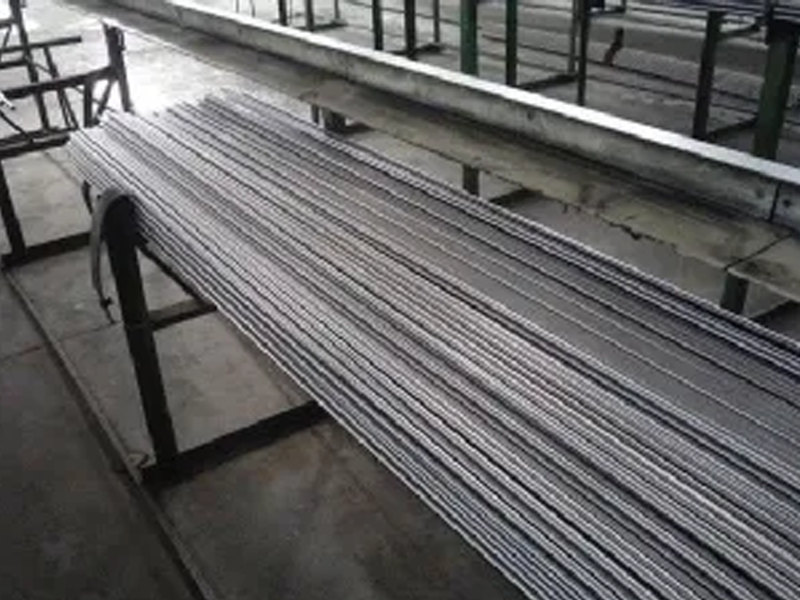
5、 Alloy structural steel
Representation method: (special purpose symbol)+number+main alloy element symbol and number+trace alloy element symbol+(quality grade symbol)+(special purpose symbol)
① The two digits at the beginning of the steel grade indicate the carbon content of the steel, expressed as a fraction of the average carbon content, such as 40Cr.
② The main alloying elements in steel, except for a few microalloying elements, are generally expressed in percentages. When the average alloy content is less than 1.5%, the steel grade generally only indicates the element symbol without indicating the content. However, in special cases that may cause confusion, the number “1” can also be marked after the element symbol. For example, steel grades “12CrMoV” and “12Cr1MoV” have chromium content of 0.4-0.6% for the former and 0.9-1.2% for the latter, with all other components being the same. When the average content of alloying elements is ≥ 1.5%, ≥ 2.5%, ≥ 3.5%, etc., the content should be indicated after the element symbol, which can be represented as 2, 3, 4, etc. For example, 18Cr2Ni4WA
③ Vanadium V, titanium Ti, aluminum AL, boron B, rare earth RE and other alloying elements in steel are all microalloying elements. Although their content is very low, they should still be marked in the steel grade. For example, in 20MnVB steel, vanadium is 0.07-0.12% and boron is 0.001-0.005%.
④ High quality steel should be marked with “A” at the end of the steel grade to distinguish it from ordinary high-quality steel.
⑤ Special purpose alloy structural steel, with a steel grade prefix (or suffix) representing the symbol for the purpose of the steel grade. For example, the 30CrMnSi steel used for riveting screws is represented by the steel grade ML30CrMnSi.
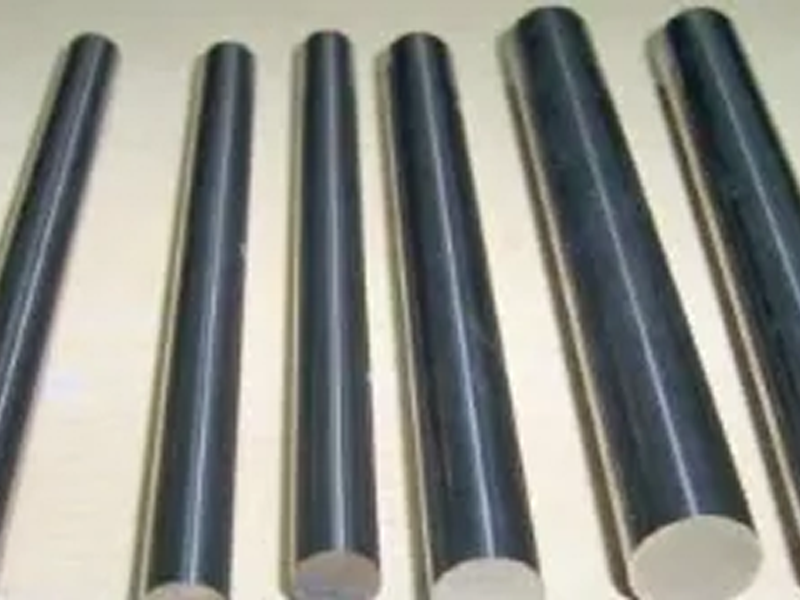
6、 Low alloy high-strength steel
Representation method: (special purpose symbol)+number+main alloy element symbol and number+trace alloy element symbol+(quality grade symbol)+(special purpose symbol)
① The representation method of steel grade is basically the same as that of alloy structural steel.
② For professional use of low-alloy high-strength steel, the steel grade should be indicated at the end. For example, the special steel grade for bridges is “16Mnq”, the special steel grade for automotive beams is “16MnL”, and the special steel grade for pressure vessels is “16MnR”.
7、 Stainless steel and heat-resistant steel
① The carbon content in steel grades is expressed in parts per thousand. For example, the average carbon content of “2Cr13” steel is 0.2%. If the carbon content in the steel is ≤ 0.03% or ≤ 0.08%, the steel grade will be prefixed with “00” and “0” respectively, such as 00Cr17Ni14Mo2, 0Cr18 Ni9, etc.
② The main alloying elements in steel are expressed as percentages, while titanium, niobium, zirconium, nitrogen, etc. are marked according to the above method of representing microalloying elements in alloy structural steel.
